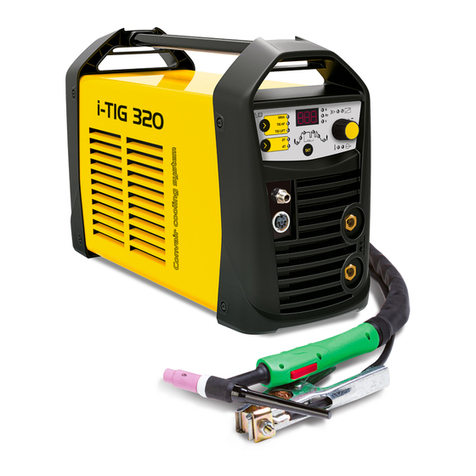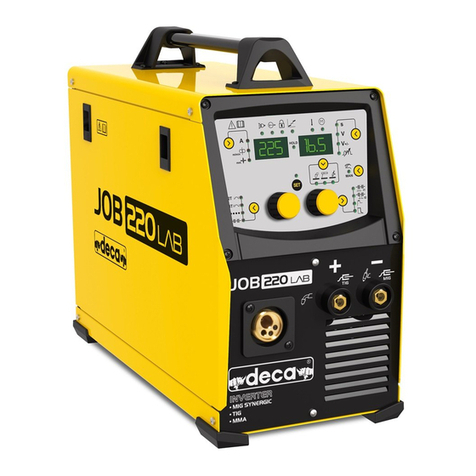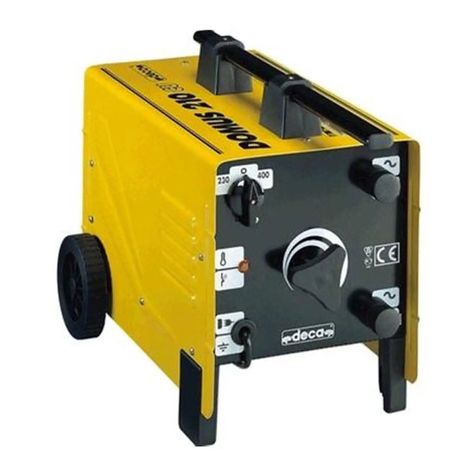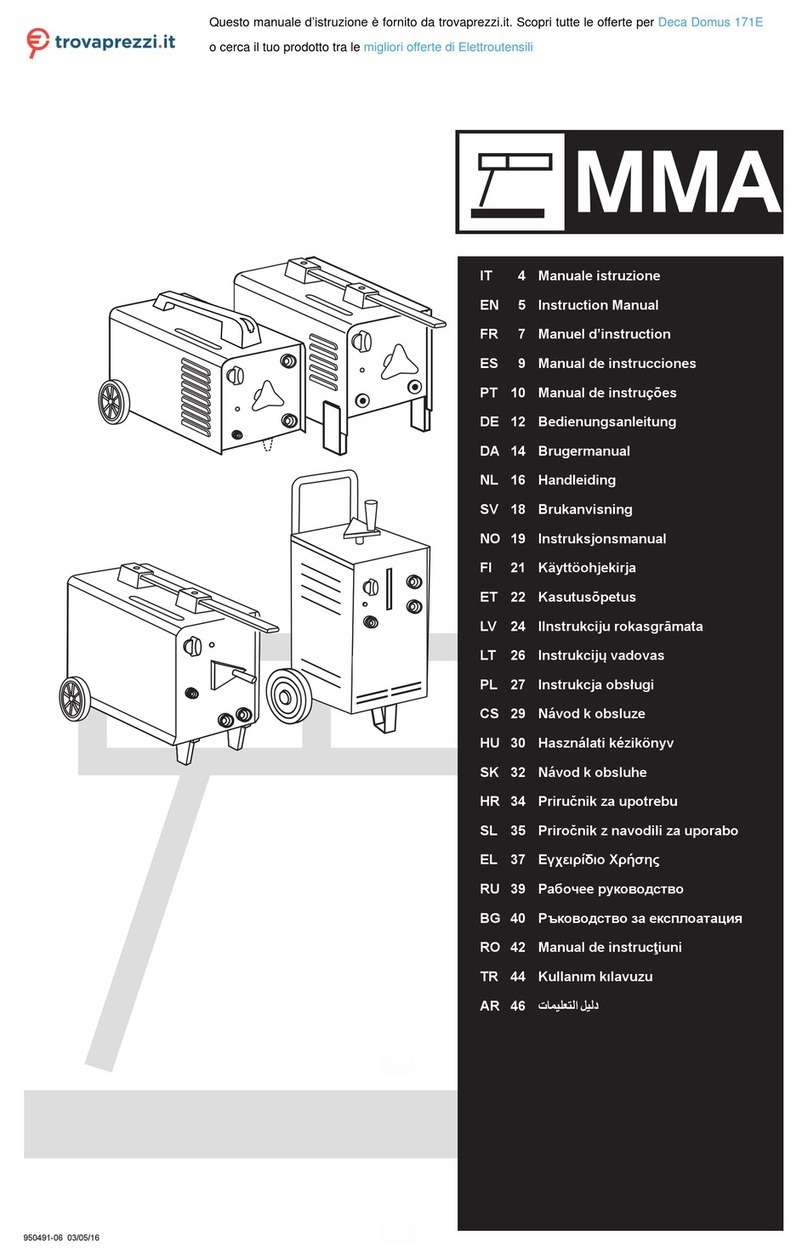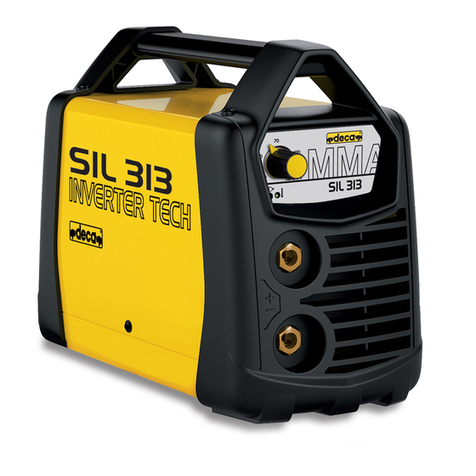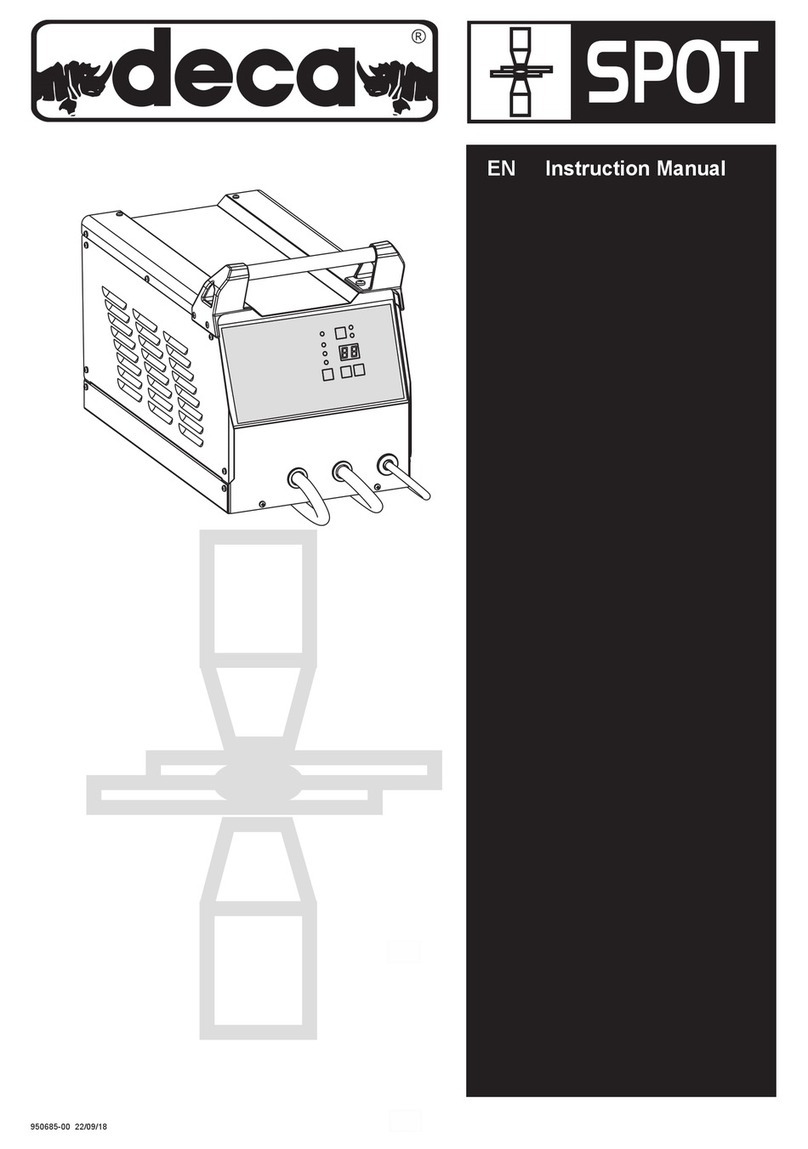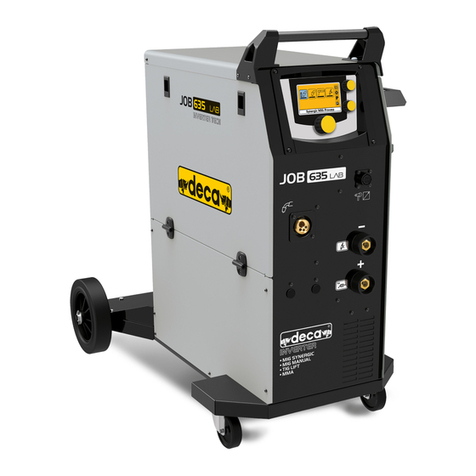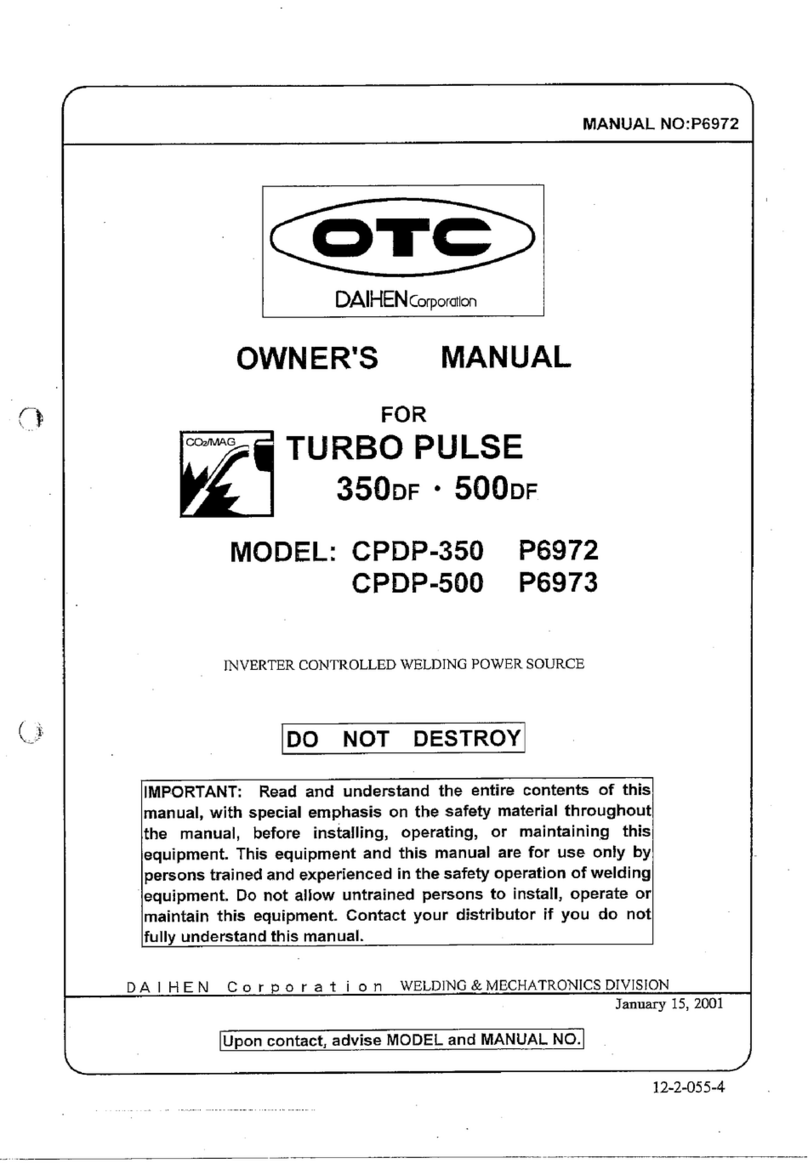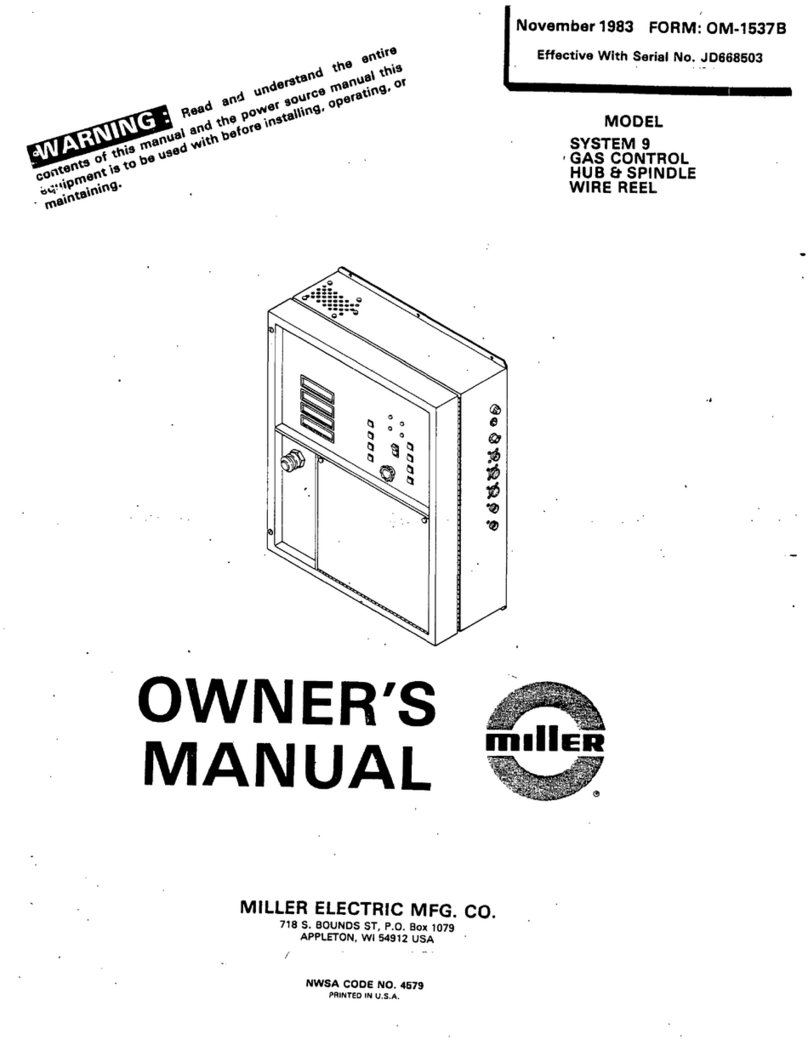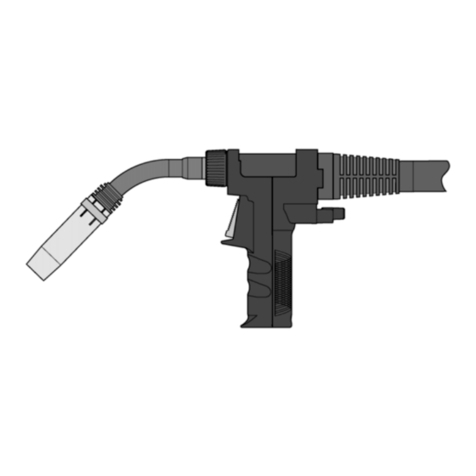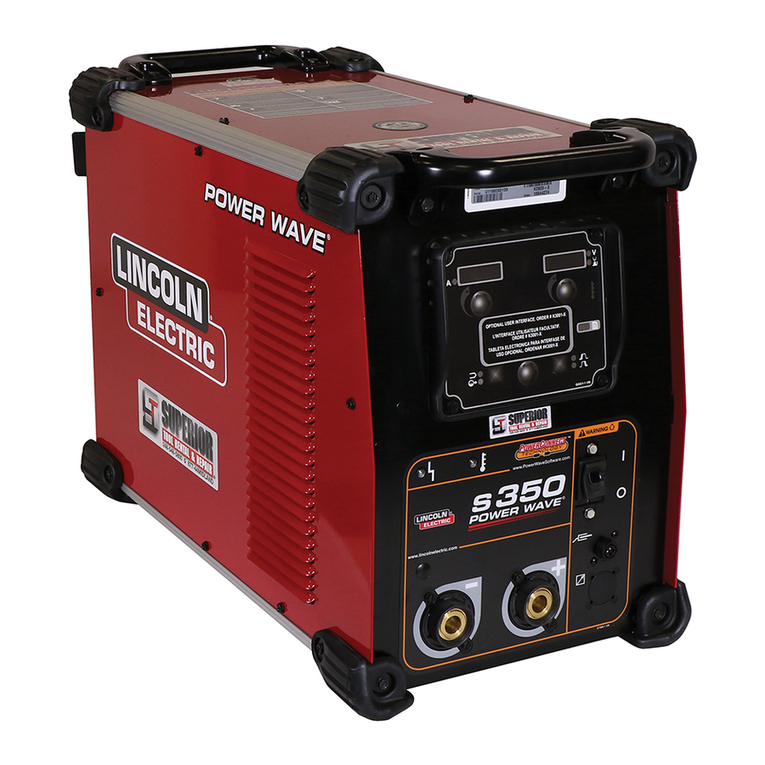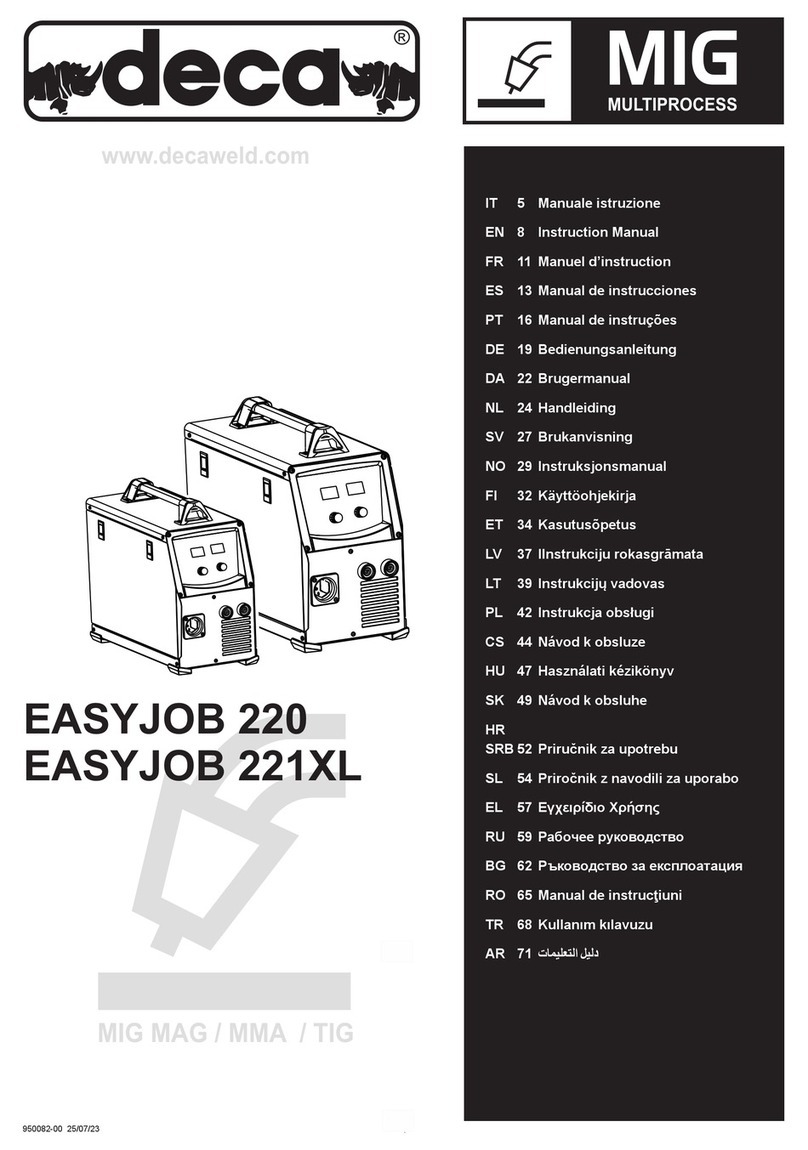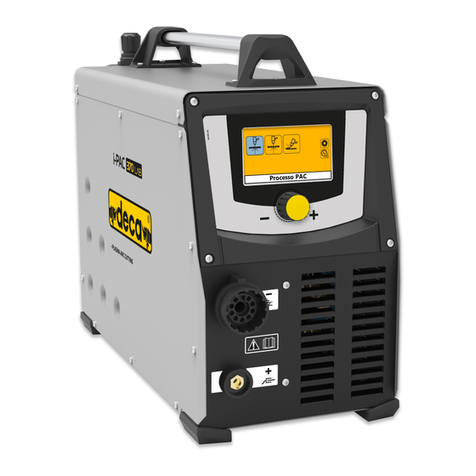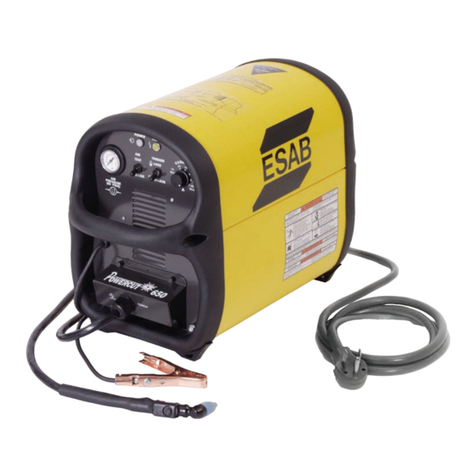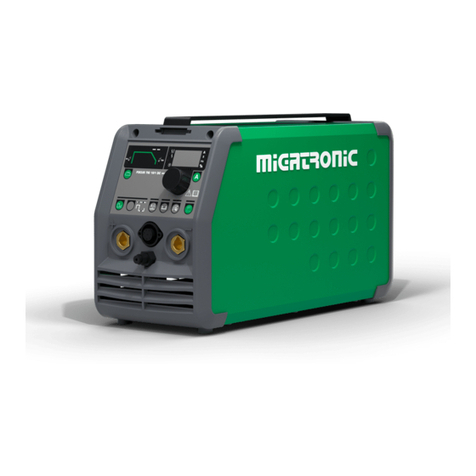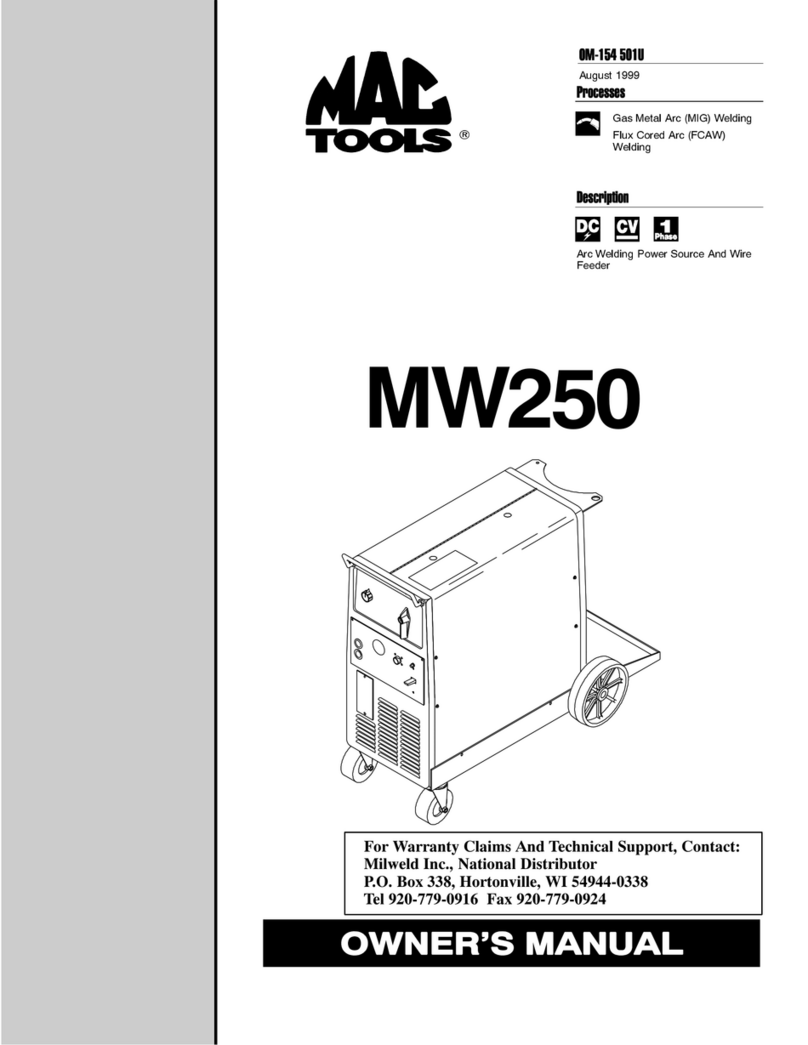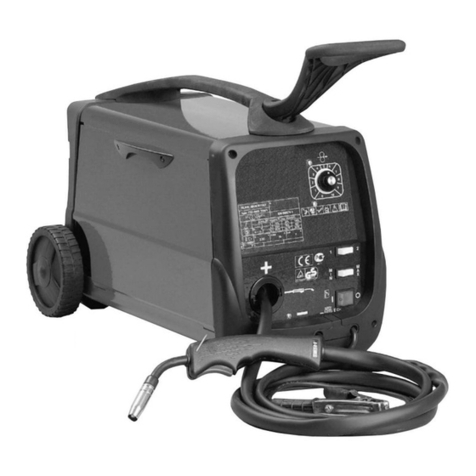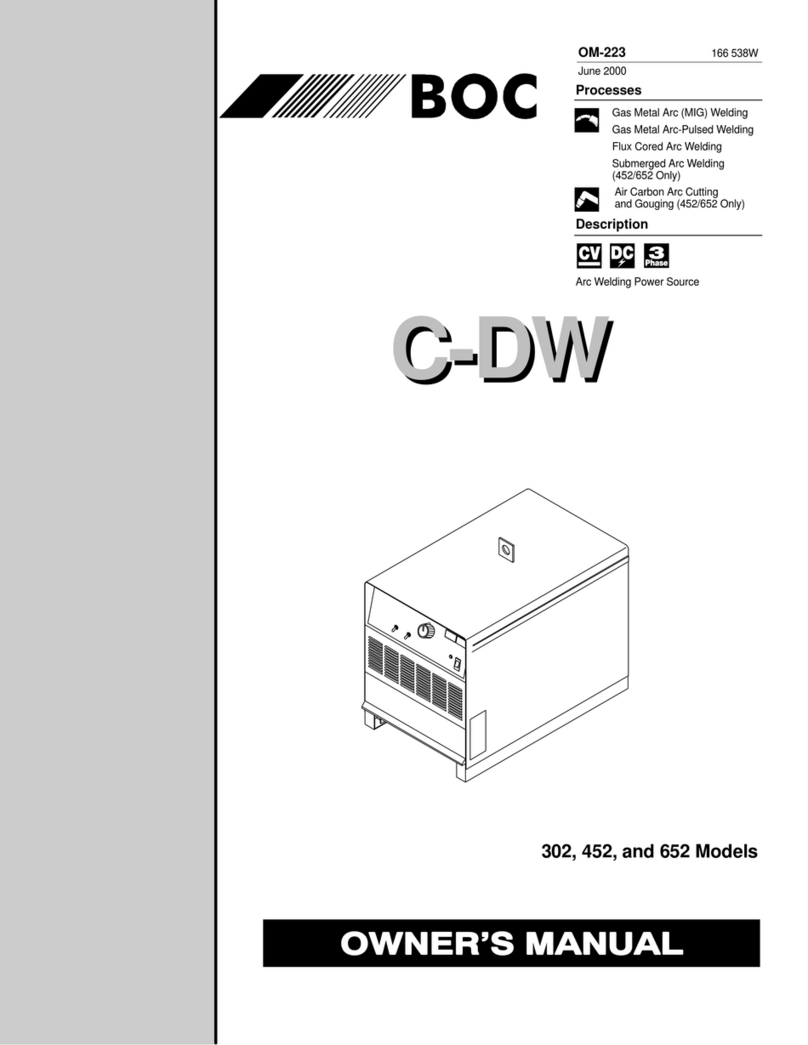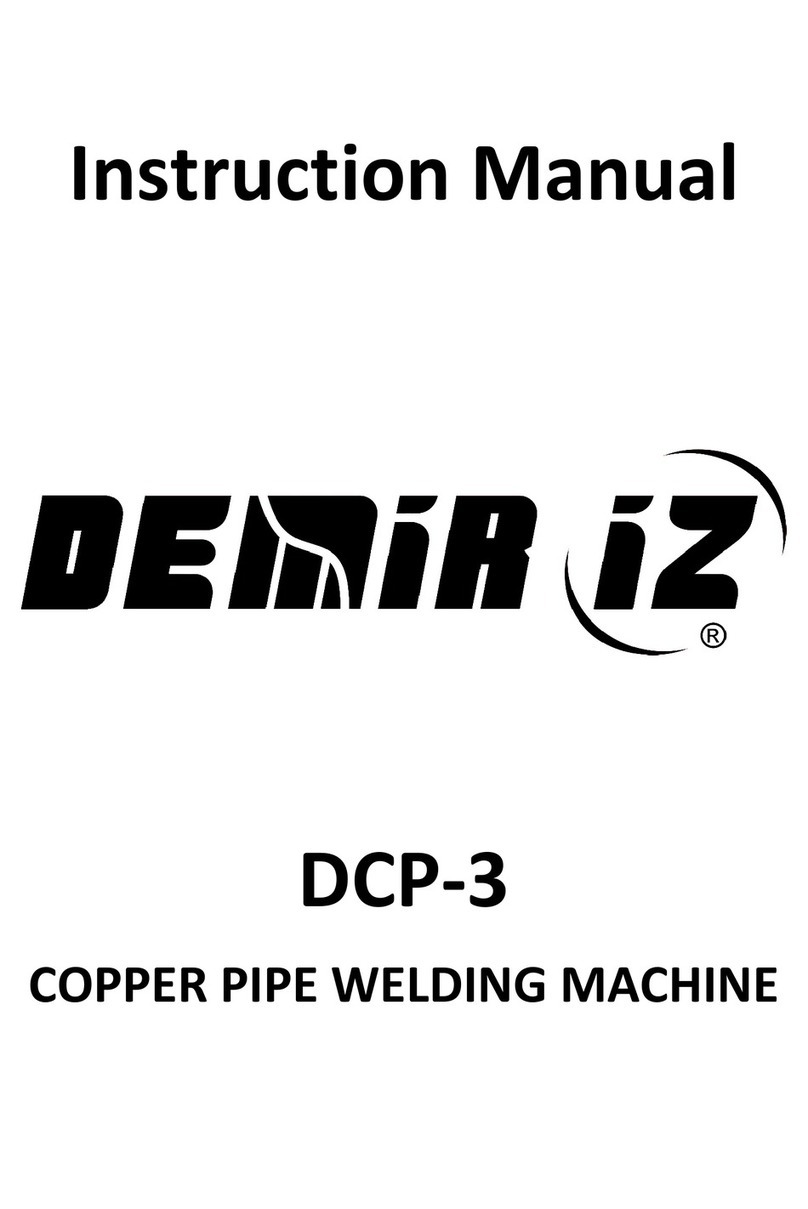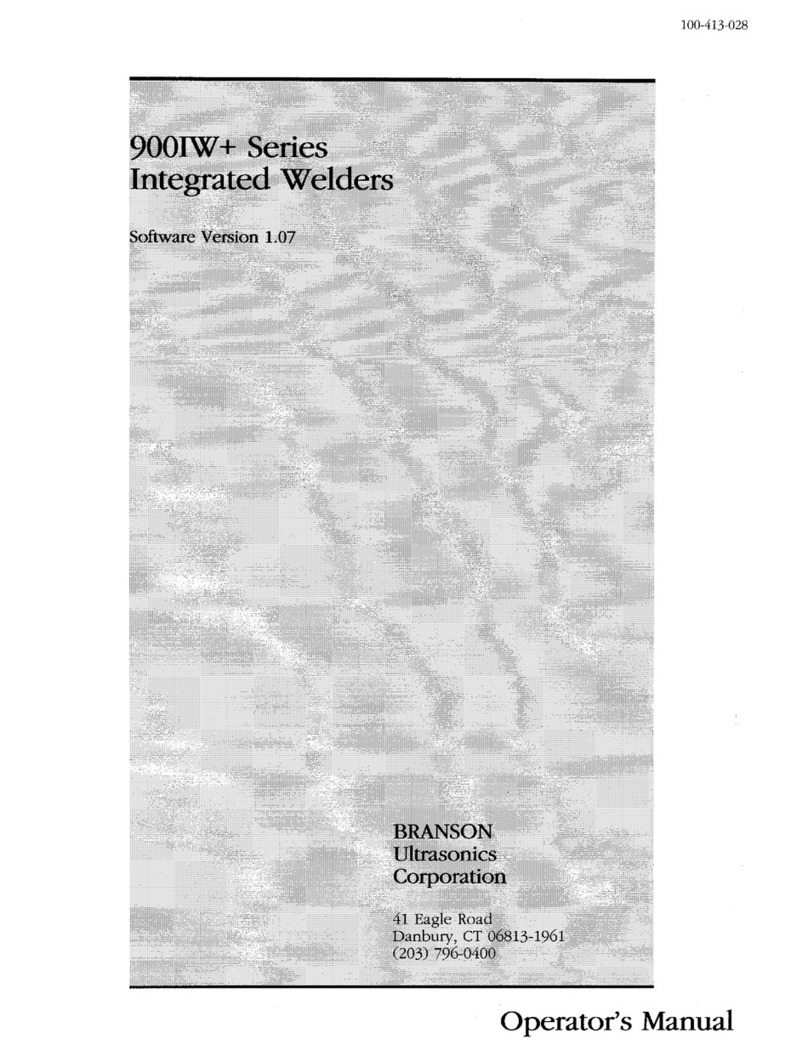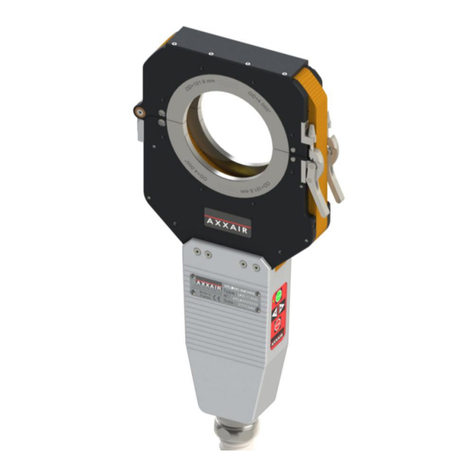
5
950005-00 01/03/21
PERICOLO RADIAZIONI ULTRAVIOLETTE • DANGER OF ULTRA VIOLET RADIATION • RISQUE: RADIATIONS ULTRAVIOLETTES • PELIGRO RADIACIONES ULTRAVIOLETAS • PERIGO DE
PERICOLO SCHIACCIAMENTO MANO DA INGRANAGGI • DANGER OF CRUSHING HANDS IN GEARS • RISQUE: ÉCRASEMENT DE LA MAIN PAR LES ENGRENAGES • PELIGRO DE
PERICOLO RADIAZIONI NON IONIZZANTI • DANGER OF NON-IONIZING RADIATION • RISQUE: RADIATIONS NON IONISANTES • PELIGRO RADIACIONES NO IONIZANTES • PERIGO DE
PERICOLO CAMPO MAGNETICO INTENSO • DANGER OF STRONG MAGNETIC FIELD • RISQUE: CHAMP MAGNÉTIQUE INTENSE • PELIGRO CAMPO MAGNÉTICO INTENSO • PERIGO DE
VIETATO L’ACCESSO AI PORTATORI DI PACEMAKER • ENTRY NOT PERMITTED TO PERSONS FITTED WITH PACEMAKER • INTERDICTON: L’ACCÈS EST INTERDIT AUX PORTEURS DE
(IT)(EN)(FR)(ES) SEÑALES
(PT)(EL)(DE) GEFAHR, PFLICHTEN
(DA)(NL)(SV)
(FI)(ET)(LV) RISKA
(LT)(PL)
(CS) (SK)
(HU)(RU) (BG)
(HR)(NO)(SL)
IN PREPOVEDI (RO)(TR))يبرع)




















